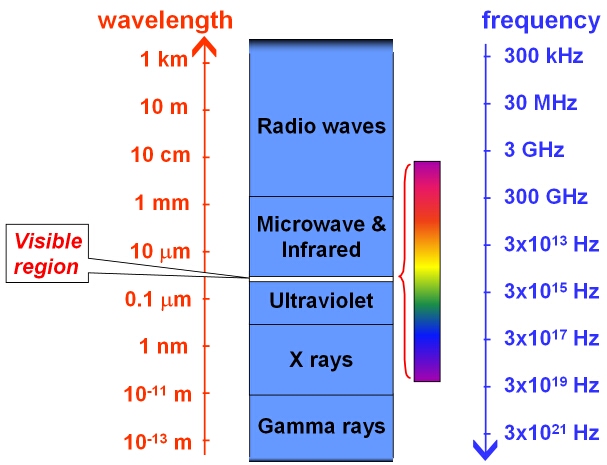
Such spectra are called pseudovelocity and pseudoacceleration spectra.įor a system without damping, the pseudoacceleration spectrum based on the relative displacement is actually equal to the absolute acceleration spectrum. The velocity and acceleration response spectra are often approximated by Sometimes, a distinction is made between the positive and negative spectra, so thatĪnd similarly for velocity and acceleration spectra. It is possible to do a similar definition of the absolute spectra, by instead using the absolute displacement. The displacement, velocity, and acceleration response spectra are defined as the maximum values caused by the acceleration history. Often, measured data is available in terms of an accelerogram, so that the foundation displacements are not directly available.įor given values of, , and, this equation can be solved for a sufficiently long time.These forces are not affected by a rigid body motion. The internal forces in the system - that is, elastic and damping forces - depend on relative displacements and velocities.There are two advantages with this representation: Thus, the support acceleration appears as a gravity-like load. As in any accelerating frame, there will be inertial forces. This is actually a frame transformation where the oscillator is studied in a coordinate system attached to the base. Instead of using the absolute displacement as the degree of freedom, it is possible to choose the relative displacement between the mass and the base. It can be seen that the support movement acts as a forcing term and that the solution depends only on the two parameters and, but not on the individual values of m, c, and k.

Here, the undamped natural (angular) frequency is The equation of motion for the mass can, if there are no external forces, be written asĭividing by the mass, and using customary notation, Analysis of an SDOF SystemĬonsider a mass-spring-damper system attached to a moving base. Thus, it is not a direct representation of the frequency content of the excitation (as in a Fourier transform), but rather of the effect that the signal has on a postulated system with a single degree of freedom (SDOF). The response spectrum is a function of the natural frequency of the oscillator and of its damping. Definition of a Response SpectrumĪ response spectrum is a function of frequency or period, showing the peak response of a simple harmonic oscillator that is subjected to a transient event. In most cases, the engineer performing a response spectrum analysis is presented with a given design response spectrum, in which case the two first parts can be considered as background material.

The response spectrum method is based on a special type of mode superposition.

Due to the short length of the event, it cannot be considered as an ergodic ("stationary") process, so a random response approach is not applicable either. Since the exact time history of the load is not known, it is difficult to perform a time-dependent analysis. Examples of such events are earthquakes and shocks. Response spectrum analysis is a method to estimate the structural response to short, nondeterministic, transient dynamic events.

Structural Mechanics Response Spectrum Analysis What Is Response Spectrum Analysis?


 0 kommentar(er)
0 kommentar(er)
